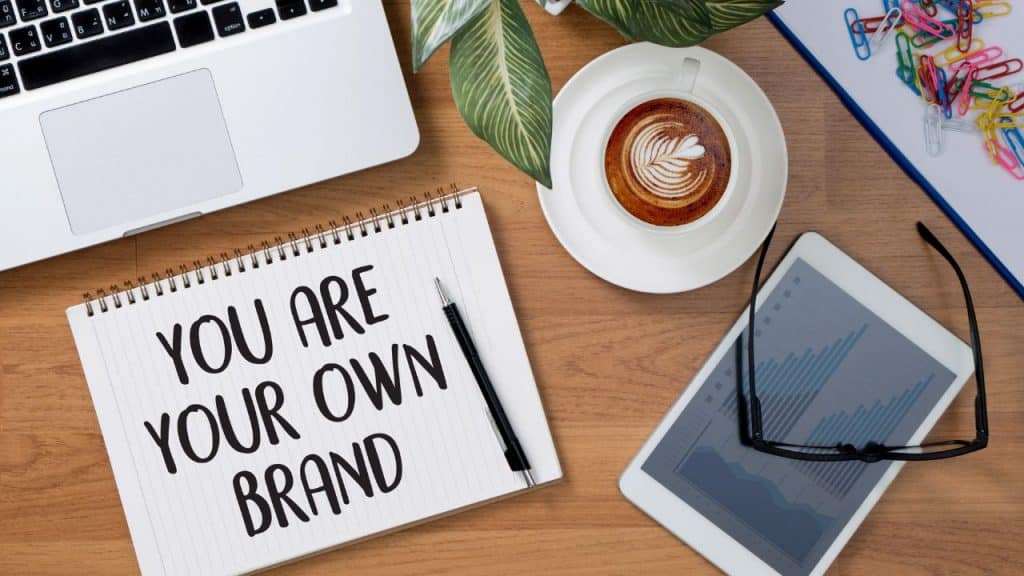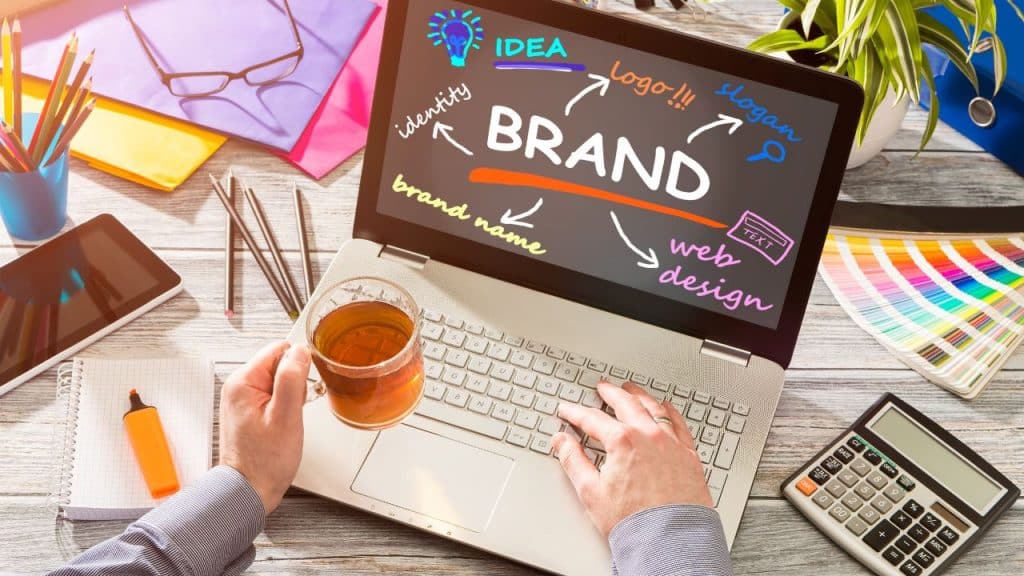Successful companies create a reputation based on concrete concepts. These concepts are reflected in the style guide, which defines the guidelines for the appearance of your brand. This article explains a style guide and how it helps build your brand!

What is a style guide anyway?
To put it simply: a style guide is a document that defines how a company presents itself to the outside world.
But it is actually much more than that. A style guide primarily serves as an orientation for the people who create content for your company or brand. For your employees, whether they work in marketing, sales or customer service, it becomes clear according to which guidelines content should be created. In order to present a uniform image to the outside world, i.e., especially to your customers, a style guide should be defined.
This document provides important information to give your brand consistency. It is not without reason that the style guide is also understood as a “brand guideline”.
It should contain all the branding measures and guidelines that have been developed.
The benefits of a style guide
A consistent brand identity is essential to ensure brand recognition. This plays an important role when it comes to your overall business success. It is important to anchor yourself in the minds of your customers!
The style guide also helps you build trust and an authentic brand image with customers. It helps to develop a clear image of your brand.
If you would not make sure that your brand always keeps a consistent profile, your customers will quickly be confused, and your brand will generally not appear reputable. Since this should be avoided, you can record all the details of your appearance in the style guide.
Establishing the branding process
Before you write everything down, you should first have a clear idea of your brand. Of course, some points will only become clear upon closer reflection and in the course of the development process. However, a rough picture can make the process much easier.
1. New brand basics
Elevator Pitch
The Elevator Pitch should be able to explain conclusively in 1-2 sentences what you do as a company. This message is particularly important for potential customers and can decide their brand preference. The added value should then be added to communicate the pitch on all your channels.
An elevator pitch could be structured like this:
We help [target audience] solve [problem] with [product/plan] so they [succeed] without [losing] in the process.
Company history/story
Your brand story is worth telling. It helps customers understand what your intention is and gives deep insights into your company.
Marketing basics
Marketing basics include your mission and vision, as well as your value proposition and values in general. What does your brand actually stand for? You should ask yourself these and similar questions at this point. This way, you can also express to your customers how you can improve and facilitate their lives.
2. Creative Logos
The logo is the face of your brand and is essential for brand recognition. So to make it as unique and distinctive as possible, it should be well thought out and defined.
The style guide not only defines how the logo will look but also how large it will be displayed on printed matter, for example, or which different variations are available. Consider where and on which background the logo is always placed. Are there complementary slogans (taglines) under the logo? If so, when are these used and when not?
So-called dos and don’ts are often given to convey precise and helpful explanations.
3. Colour palette
Colours convey more than may appear at first glance. The psychology behind it is extremely interesting and also the reason why there are always arguments about the use of certain colour codes.
Ask specifically which colour(s) suit your brand and why. There are one or more main colours that are always associated with your brand and secondary colours that complement the main colour(s).
The style guide lists the colour codes. For this, you specify RGB colours, including hex values with a diamond symbol, for digital purposes. For printing, the CMYK and Pantone colour model is used.
4. Typography
Furthermore, fonts must be defined in the style guide. As a rule, one main font is chosen. You can use different fonts for headlines and body text to break up the design.
The justification should be given as to why exactly this font should complement your brand. It is important that it matches the logo and is easy to read. Squiggly fonts for the text area are not recommended. Spacing should also be defined. Finally, this scheme should be reflected in all text-based products, whether print or website.
5. Style elements
Style elements, such as from the logo or other patterns that are repeated, are also included in the style guide. For example, you can include icons on your website or in brochures, flyers, etc., which are nice changes from the pure text. Style elements on the printed matter should also be mentioned here.
It is important that you always indicate where these stylistic elements are to be found. They should not be used indiscriminately but should always be presented in the same design on stationery, business cards, etc., in order to create coherence.
6. Pictures
First and foremost, images should always fit the defined branding concept of the brand. Just because an image looks nice doesn’t mean you should necessarily use it. Since it’s about your brand, you know best which images fit the overall impression.
Think about the qualities you want to associate with and the mood you want to create in the images. How do you want your customers to feel when they look at the graphics and photos? Pay close attention to the visual language and what needs to be considered.
Ultimately, it is important to decide how the image style is defined. Warm, cold or rather black and white? This must also be considered and stated in the style guide. Otherwise, strong inconsistencies can arise.
7. Voice
Do not underestimate the influence of text. If the brand voice does not fit in with the overall image of the brand, you will quickly appear untrustworthy.
Define the characteristics that are attributed to the brand voice. If you keep the big picture in mind, this step will not be difficult. You can decide, for example, whether you want to communicate in a matter-of-fact and sober way or in a funny and refreshing way.
The brand personality is reflected in the tone of voice, i.e. a certain mood is created that should be clearly felt by the target group.
Certain words can also be recorded in the style guide, which should always be used in communication. In the same way, terms can be listed that should not be used at all.
8. Business print styles
The style guide also illustrates your business print types. These usually include:
- Letterhead
- Business cards
- Envelopes
- Signatures
9. Creating advertisement material
Printed matter used for advertising purposes can also be listed in the style guide:
10. Website
Your website is the flagship of your company. This can be added to the style guide, with notes on what may or may not be done on it.
The Dos and Don’ts are so important because your customers should be presented with the best possible professionalism and quality. If the website is a bit out of line or even gives a completely confusing impression, potential customers may switch to the competition.
You can also specify how products should be presented. Make sure that the presentation is always the same so as not to confuse customers.
11. Social media
You can add social media as a final point. The choice of profile and cover pictures is essential here, among other things.
The design or style of your social media posts is another sub-item in the style guide. It is advisable to create one or more templates that are constantly repeated in order to achieve a beautiful and consistent overall image on your page.
Conclusion
Consistency is key! Successful brands have one thing in common: a clear and consistent brand presence. What sounds elaborate and complicated can be easily developed and maintained with the help of a so-called style guide. In this article, you have learned which points should be elaborated on. This way, you can always use this concept as a guide in the future and quickly train new employees or service providers.
Looking for a reliable printing company?
Get an instant quote